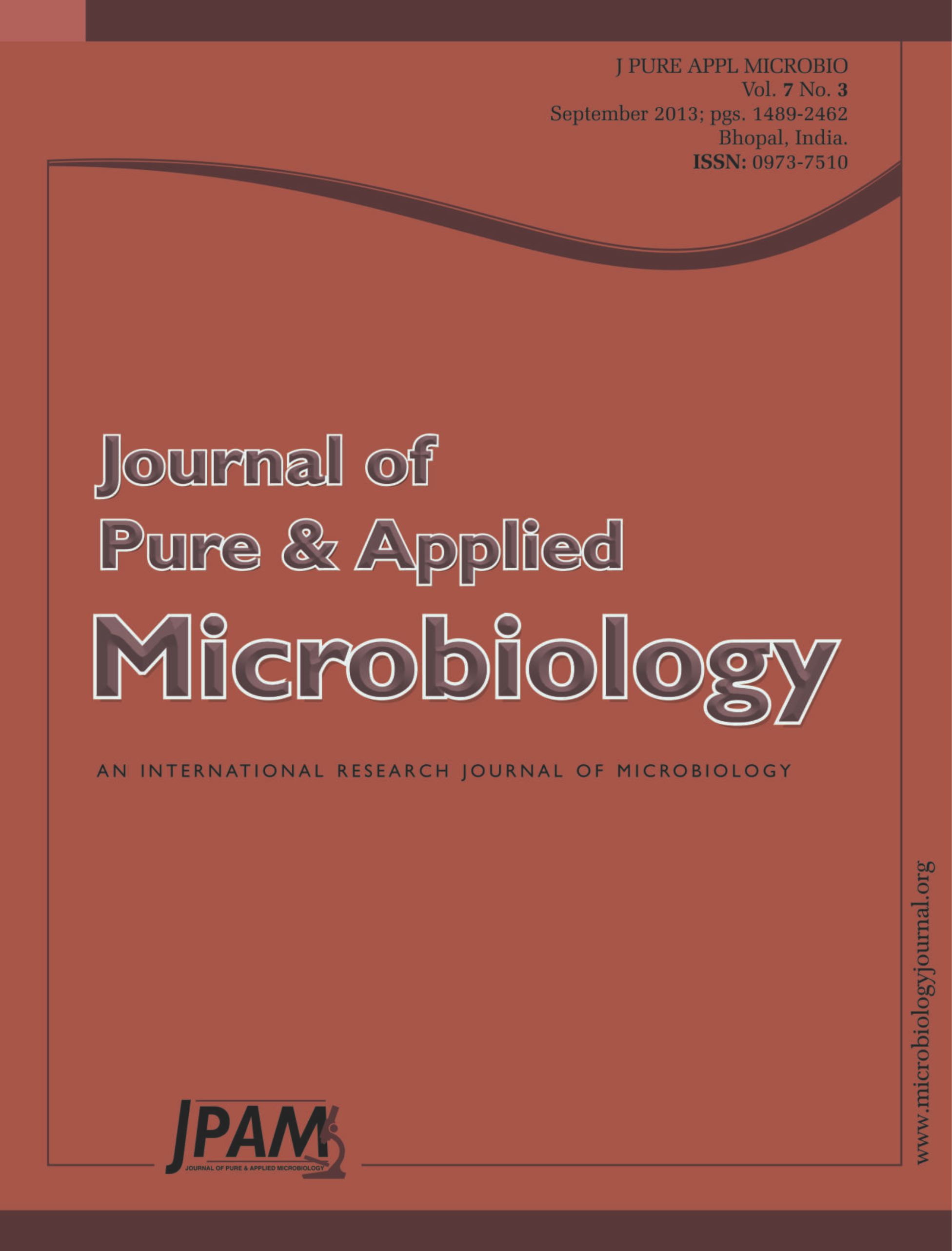In the study, fatty acids of Artemia salina that is commonly used in both aquarium fishing and culture fishing due to its high nutritional content were investigated against fish and human pathogenic microorganisms to determine biotechnological potential in feed/food and pharmaceutical industry. Analysis of fatty acids by gas chromatography revealed the presence of higher amounts of unsaturated fatty acids than saturated fatty acids. To evaluate the antimicrobial activity of A. salina fatty acids, disc diffusion and microdilution broth methods were used. The antimicrobial activities of the fatty acids were determined against 4 different fish pathogens. The antimicrobial activity assay results showed that the fatty acids were the most active against Vibrio alginolyticus. The fatty acids were also tested against clinical and foodborne pathogen microorganisms (thirteen bacteria and one yeast). The antimicrobial test results showed that the fatty acids of A. salina showed varying degrees of antimicrobial activity on the tested microorganisms except for Escherichia coli O157:H7, Micrococcus luteus NRRL B-4375 and Salmonella enteritidis ATCC 13076. The results presented here may suggest that the fatty acids of A. salina possess antimicrobial properties against both fish and human clinical and foodborne pathogens, and therefore can be used as a natural preservative ingredient in the feed and/or pharmaceutical industry.
Antibacterial activity, Antifungal activity, Fish pathogens, Human pathogens
© The Author(s) 2014. Open Access. This article is distributed under the terms of the Creative Commons Attribution 4.0 International License which permits unrestricted use, sharing, distribution, and reproduction in any medium, provided you give appropriate credit to the original author(s) and the source, provide a link to the Creative Commons license, and indicate if changes were made.


